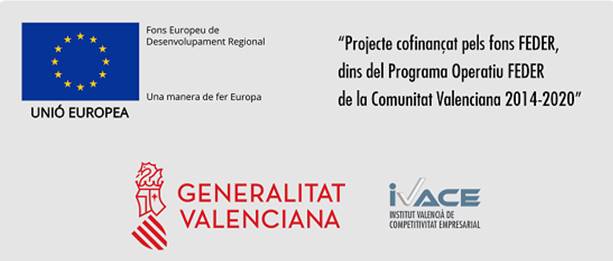Índice
Would the hotel give me a free room in exchange for an Instagram post? Given its 87,000 followers, the influencer and full-time blogger Elle Darby did not expect a negative response from a hotel manager when she mailed her request for a room. The hotel refused in full and even issued a statement saying that it would never offer free accommodation to influencers. Darby, pissed, loaded up the answer to their networks… and Darby’s publication went viral, but for reasons contrary what she intended to.
The influencers bubble is about to explode. The influencer case with 2.6 million followers who only managed to sell 36 shirts when launching her own brand has become the alarm voice.
Several brands achieved success by betting on influencers, but the reality today is that half of the brands in Spain investing in influencers did not achieve a return on investment. And despite that, the influencers do not stop growing, to the point of appearing the scrounger or toxic influencer.
The toxic influencers, those who want to take advantage of the brands are dangerous, but it is also the case that the companies launch themselves to invest in influencers without any kind of strategy, just because “it is fashionable”. Before, the number of followers served as a guide to companies or brands on the value of influencers, but that is no longer true because you can be throwing money into an account full of bots or false followers, one of the bubble causes.
Therefore, a change of focus has been imposed: what impact do influencers really have? Does the number of followers have a positive impact on sales or on the image of the brand? And, the most important: can this be measured?
New algorithms for a more significant commitment
Media, social networks and influencers have a symbiotic relationship. An exciting and recent development is the change in the algorithms of large platforms such as YouTube, Twitter, Instagram and Facebook. Algorithms are now adapted to promote more personal content.
A recent article by Forbes explains the role commitment plays in how Facebook deals with posts. The higher the potential participation rate, the higher the ranking and the more the posts will be shown.
YouTube implemented similar changes. To earn money through Google Ads influencers must have now at least a thousand subscribers. More importantly, they must have more than 4,000 hours of their content seen by others in the last 12 months.
Commitment’s measurement
Independent institutes measure the impact of traditional media, such as the OJD (by its abbreviations in Spanish, Office of Justification of the Advertising Diffusion) or the General Media Study, in Spain. However, the influencers’ reach is measured only by the influencers themselves. Who knows if its effective reach and followers are true?
The term CPT (cost per thousand) has existed since the beginning of the Internet, and IPT (interactions per thousand) entered our collective consciousness in 2010. These terms reflect measurement methods not only considering the followers’ number, but also the account´s interaction and the commitment level. However, these performance metrics can be difficult to obtain.
Fortunately, different methods have been developed since then to measure the impact of an influencing factor before establishing an association with them. Fohr Card, for example, allows influential people to share data from platforms like Instagram. The data provided by Fohr Card includes audience demographics, growth, social media statistics and percentage of false followers. This information allows companies to adopt a more specific approach to collaboration with the influencer.
Influencers macro, micro and nano
A better understanding through data helps companies make better marketing decisions. Macro influencers have a vast reach, but many of their followers may be left out of the target audience of the companies. As a result, the viewer may be too broad.
Therefore, there is strong growth in the number of micro-influencers (10,000-50,000 followers) and nano influencers (less than 10,000 followers). Both groups focus on niche audiences. The specific shared interest guarantees a more significant impact of the content among its followers.
The niche approach of these influencers makes associating with them a logical step for many brands. Long-term collaboration with micro or nano influencers often makes more financial sense for brands than investing in the occasional post of macro-influencers.
From interaction to conversion
Partnering with macro-influencers is comparable to an ATL (Above the Line) ad campaign in traditional media and its impact should not be discarded. However, the micro and nano influencers have a definite possibility of triumph when it comes to specific campaigns whose goal is to convert followers through their commitment to the influencer. In fact, this is the true essence of influence: to influence followers behaviour actively.
Our goal for next year should be to foster partnerships with micro and nano influencers and bring them to the same level of maturity as traditional marketing campaigns. Well-defined measurement standards, long-term collaboration and precise definition of the target market will help develop successful partnerships focus on conversion.




